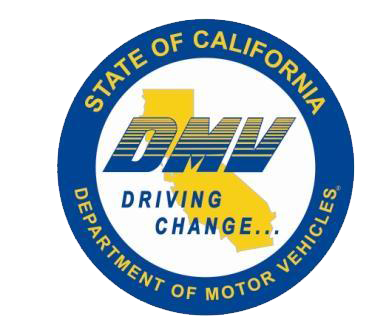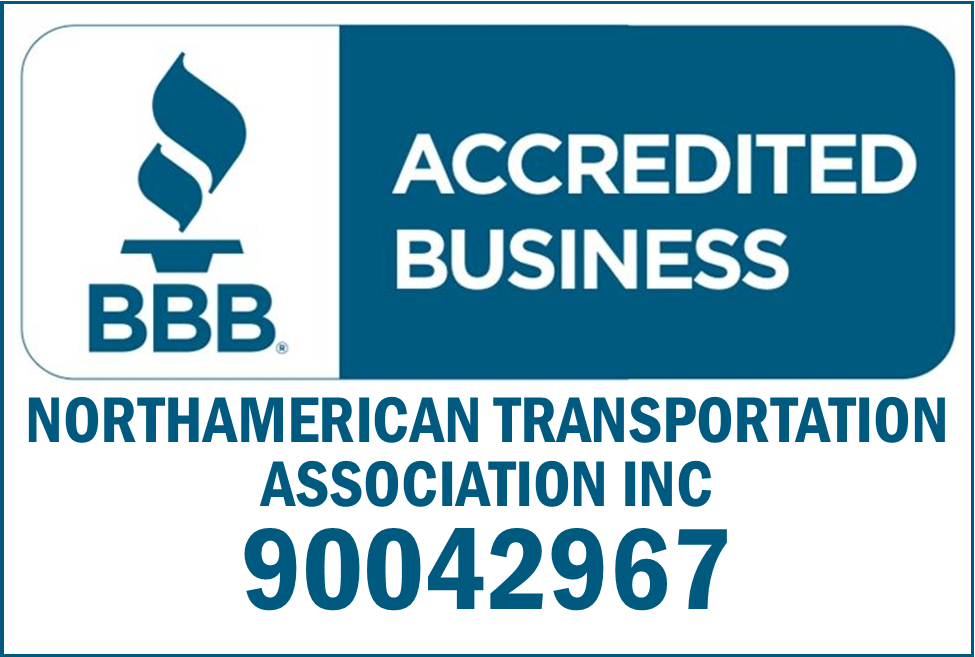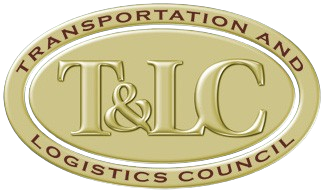FMCSA Issues New English Language Proficiency Guidance
Originally published by Scopelitis, Garvin, Light, Hanson & Feary
Yesterday, the Federal Motor Carrier Safety Administration (FMCSA) issued internal agency enforcement guidance (Guidance) to evaluate the English language proficiency (ELP) requirement for driver qualification under 49 C.F.R. 391.11(b)(2). The ELP Guidance was issued pursuant to Executive Order (EO) 14286, Enforcing Commonsense Rules of the Road for America’s Truck Drivers, signed by President Trump on April 28. As directed by the EO, the Guidance rescinds and replaces prior policy guidance that the FMCSA issued in 2016.

The Guidance applies to all FMCSA enforcement personnel who perform inspections of motor carriers and drivers in the U.S. and directs them to conduct an assessment that consists of (1) a driver interview; and (2) a highway traffic sign recognition assessment, if the inspector determines the driver may not understand the inspector’s initial instructions. At the first Step, the driver interview should be conducted in English without the use of interpretation tools. If the driver is unable to respond sufficiently to English inquiries, FMCSA’s policy is to cite the driver for a violation of the ELP regulation and there is no need to go to Step 2. In Step 2, the inspector is to evaluate the driver’s ability to understand the meaning of U.S. highway traffic signs,
When the driver is cited for a violation, FMCSA’s policy includes placing the driver immediately out-of-service (starting June 25, when the regulation is incorporated in the North American Standard Out-of-Service Criteria) and initiating additional action to disqualify the driver from operating commercial motor vehicles when warranted. The Guidance does not indicate how a driver can remedy or cure the condition. The policy of placing drivers out-of-service or further disqualifying the driver should not apply to drivers performing operations in the U.S.-Mexico border commercial zone, but the drivers may still be cited for violations.
The Guidance is redacted and therefore the criteria for the assessment in Step 1 is very vague. Unless the FMCSA issues additional instructions, this could lead to uneven enforcement throughout the U.S.
For more information, contact Greg Feary, Tim Wiseman, Prasad Sharma, or Chris Eckhart.
Content Disclaimer: Due to the constantly changing nature of government regulations, it is impossible to guarantee the total and absolute accuracy of the material contained herein or presented. NorthAmerican Transportation Association (NTA) cannot and does not assume any responsibility for omissions, errors, misprinting or ambiguity contained. NTA shall not be held liable in any degree for any loss, damage or injury caused by any such omission, error, misprinting or ambiguity present. It is made available with the understanding that NTA is not engaged in rendering legal, accounting or other professional service. If legal advice or other expert service is required, the services of such a professional should be sought.











